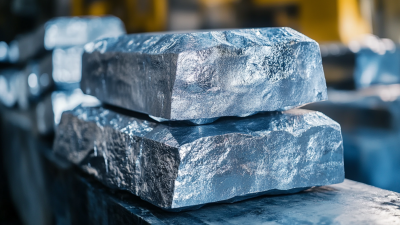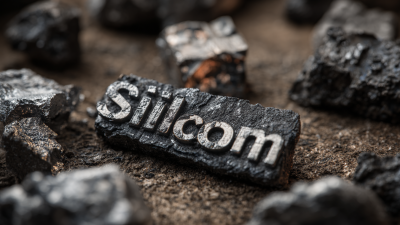Leave Your Message
Identifying leading Silicon Metal Producers in the industry is crucial for stakeholders looking to understand market dynamics and make informed investment decisions. As demand for silicon metal continues to grow, driven by its key applications in electronics, solar energy, and automotive sectors, distinguishing the top players becomes more significant. This guide will outline methodologies for assessing these producers based on criteria such as production capacity, technology adoption, market share, and geographical presence. By analyzing industry reports, production statistics, and financial performance, investors and industry professionals can gain valuable insights into which Silicon Metal Producers are poised for growth and innovation in this competitive landscape. Understanding these elements not only helps in strategic planning but also ensures that one stays ahead in a rapidly evolving market.
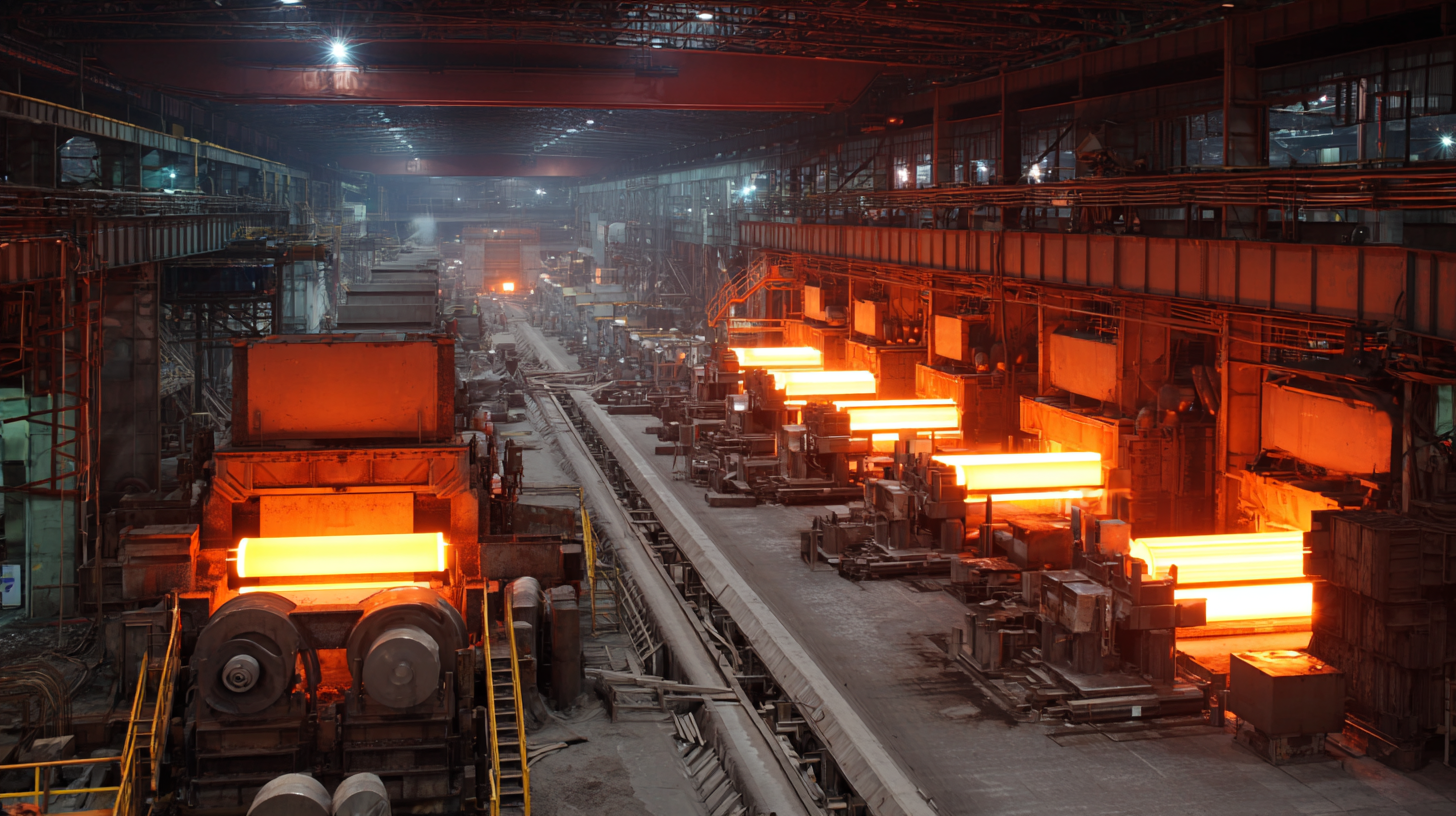
Silicon metal plays a crucial role in various industries, particularly in the production of silicones, solar panels, and aluminum alloys. As the demand for these products continues to grow, the significance of identifying leading silicon metal producers becomes paramount. Understanding the global market's dynamics allows stakeholders to make informed decisions regarding supply chains and investment opportunities. High purity silicon is particularly valued for its applications in electronics and renewable energy, sectors that are rapidly expanding in today’s economy.
When looking to identify top silicon metal producers, it’s essential to consider a few tips. First, analyze the producers' market share and production capacity to gauge their influence in the industry. Secondly, assess their commitment to sustainability practices, as eco-friendly production processes are increasingly becoming a prerequisite for industry leadership. Lastly, keep an eye on technological advancements made by these producers, as innovation often correlates with competitiveness in the global market. By focusing on these aspects, industry players can better navigate the landscape and capitalize on the growing importance of silicon metal.
| Producer Type | Annual Production (Metric Tons) | Market Share (%) | Primary Regions | Main Applications |
|---|---|---|---|---|
| Primary Producer | 300,000 | 30 | North America, Asia | Solar Cells, Aluminum Alloys |
| Secondary Producer | 200,000 | 15 | Europe, Asia | Semiconductors, Steel Production |
| Emerging Producer | 150,000 | 10 | South America, Africa | Chemicals, Electronics |
| Small Scale Producer | 50,000 | 5 | Asia, Oceania | Construction, Automotive |
| Recycling Producer | 70,000 | 8 | North America, Europe | Renewable Energy, Automotive |
When evaluating leading silicon metal producers, several key metrics provide insight into their performance within the industry. First, production capacity is a crucial metric, as it reflects a company's ability to meet demand. High-capacity producers often have a competitive edge, enabling them to secure contracts and sustain profitability during fluctuating market conditions. Additionally, operational efficiency, measured by production costs and yield rates, can indicate a producer’s effectiveness in converting raw materials into finished products.
Another important metric is financial health, which can be assessed through profitability ratios such as gross margin and return on investment (ROI). These figures demonstrate how well a company is managing its resources and its ability to generate profit relative to its revenue. Furthermore, market share is a significant indicator of a company's position in the industry; a larger market share not only showcases a producer’s dominance but also its capacity for innovation and long-term sustainability in the competitive silicon metal market. By analyzing these metrics, stakeholders can better identify and compare the leading producers in the sector.
Identifying leading silicon metal producers in the industry requires a thorough analysis of market share and production capacity of top players. In recent years, the silicon metal market has experienced considerable growth due to its increasing applications in various sectors, including electronics and renewable energy. The primary indicators of a producer's market strength include their overall production capacity and the percentage of market share they command within the industry.
Tips: When evaluating a silicon metal producer, consider examining their annual production reports which provide insights into capacity versus output. Additionally, market share can often be determined through industry publications that track sales figures and trends, giving clarity on which players are driving growth.
Understanding the competitive landscape is vital for stakeholders. Companies with robust production facilities and significant market share are typically better positioned to leverage emerging opportunities, such as expanding into new markets or innovating product offerings. Monitoring shifts in market dynamics, such as acquisitions or technological advancements, can also shed light on which players are likely to lead the industry in the coming years.
Advancements in technology have significantly transformed the silicon metal production industry, offering both efficiency and sustainability. In 2023, it was reported that the global silicon metal production capacity had reached over 2.5 million metric tons, with leading producers investing heavily in innovative processing techniques. For instance, many companies are adopting advanced furnaces and chemical processes that reduce energy consumption by up to 30%, aligning with the industry's shift towards eco-friendly practices.
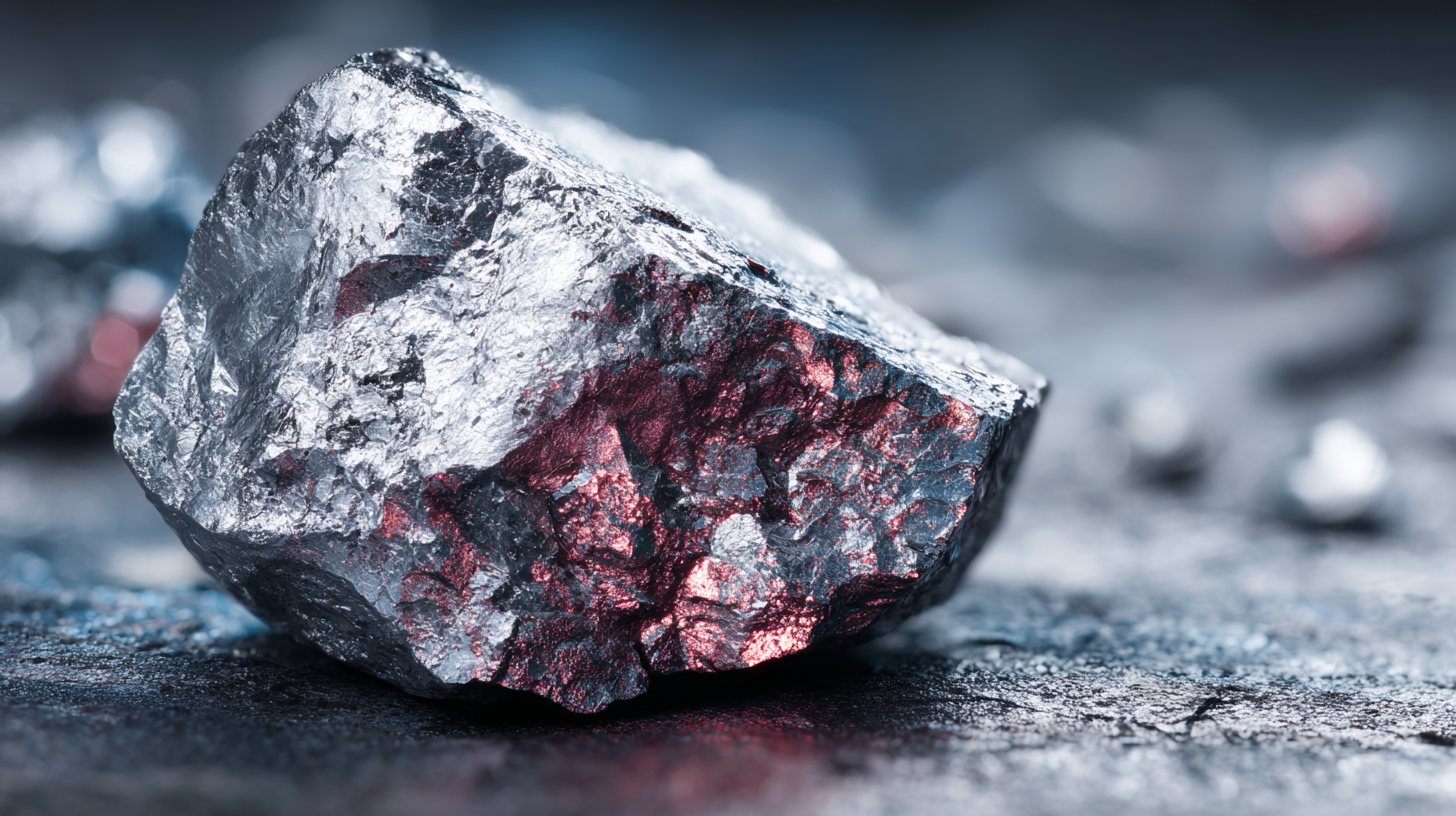
When assessing the technological landscape of silicon metal production, it's essential to consider the role of research and development. Firms that allocate a significant portion of their revenue—often around 3-5%—toward R&D tend to lead in production efficiency and product quality. A recent industry report emphasized that these investments result in cutting-edge techniques, including the use of renewable energy sources and improved purification methods, which contribute to a lower environmental impact.
Tips: Regularly monitor industry publications and attend trade shows to learn about the latest innovations. Collaborating with technology providers and universities can also enhance knowledge and foster breakthrough advancements in production processes. Engaging in partnerships with organizations that specialize in energy efficiency can provide access to best practices and funding opportunities.
In the silicon metal industry, environmental practices and sustainability efforts are becoming increasingly critical as stakeholders demand greater accountability. According to a report from the International Silicon Producers Association (ISPA), more than 70% of global silicon metal producers are now implementing strategies to reduce carbon emissions, a significant step considering that silicon production is inherently energy-intensive. The push for sustainability not only reflects regulatory pressures but also market trends, as consumers lean towards products with lower environmental footprints.
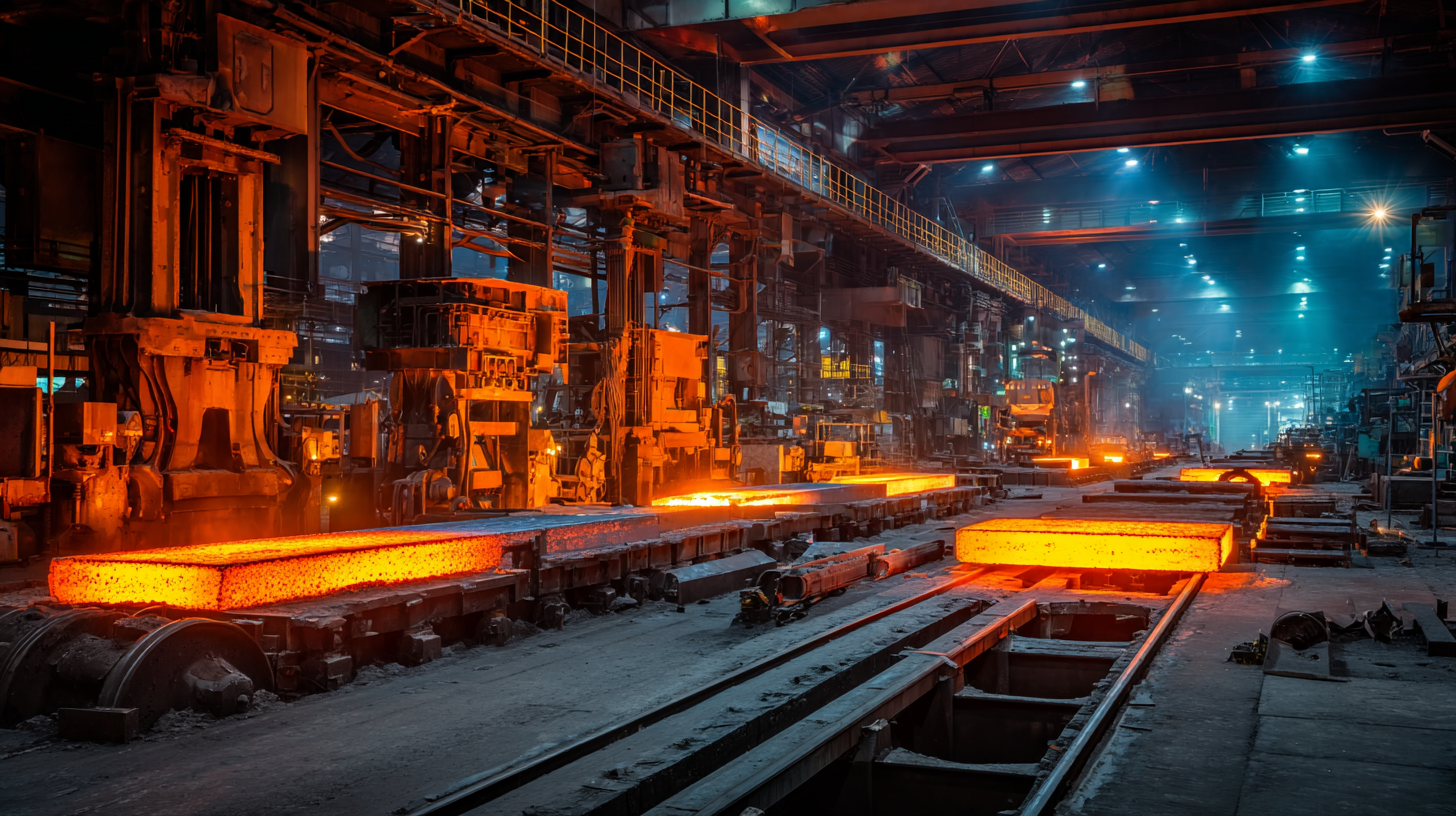
Leading producers such as Wacker Chemie AG and RTI International Metals are adopting innovative technologies to enhance their sustainability. For example, Wacker has invested heavily in renewable energy sources, aiming to power up to 60% of its operations with renewable energy by 2025. This strategy is supported by data from the Global Mining Initiative, which indicates that companies with robust sustainability practices see an average increase of 25% in their market valuation over five years. Such commitments to environmental stewardship not only contribute to a healthier planet but also position these companies favorably in an increasingly eco-conscious market.

